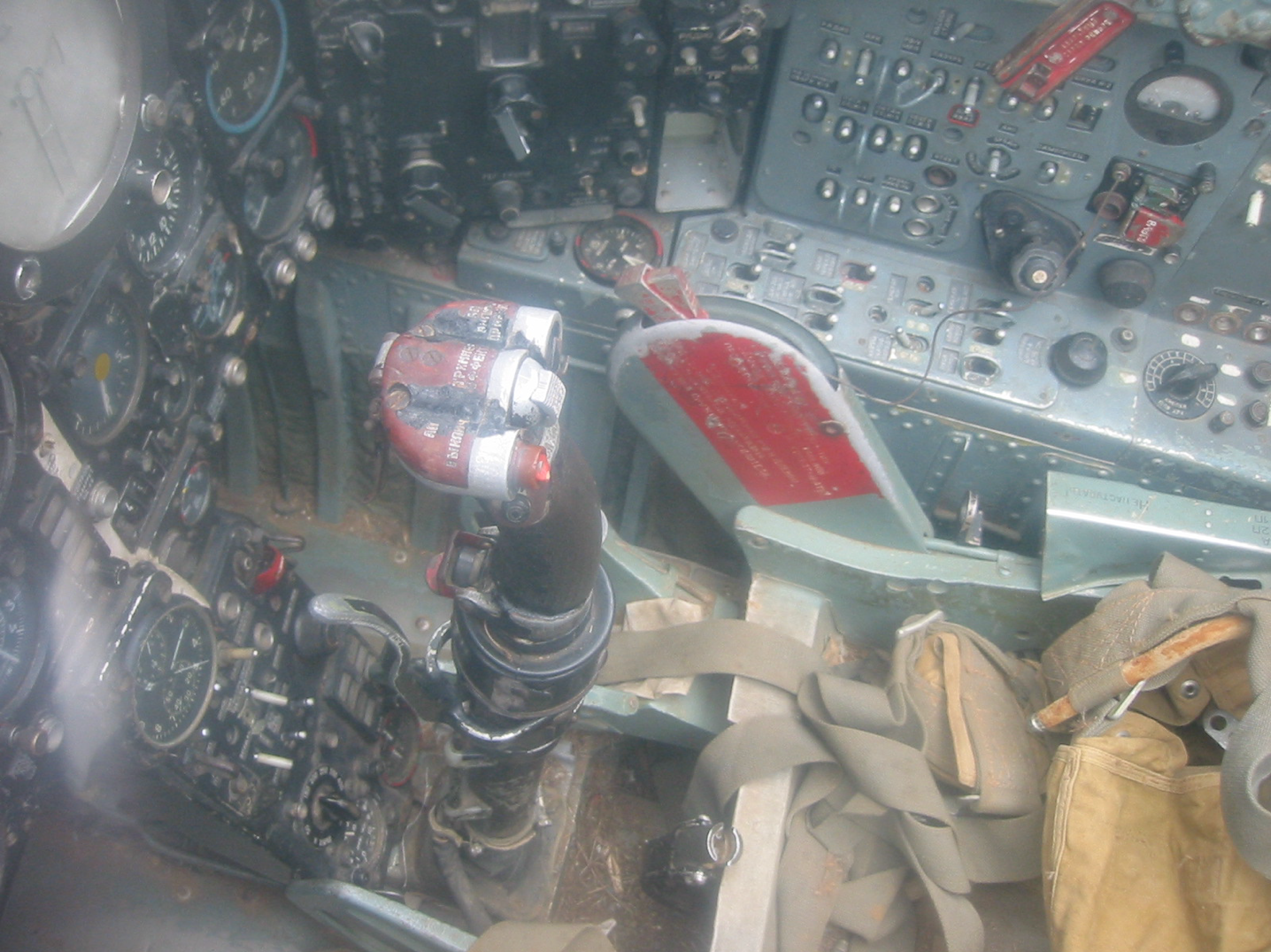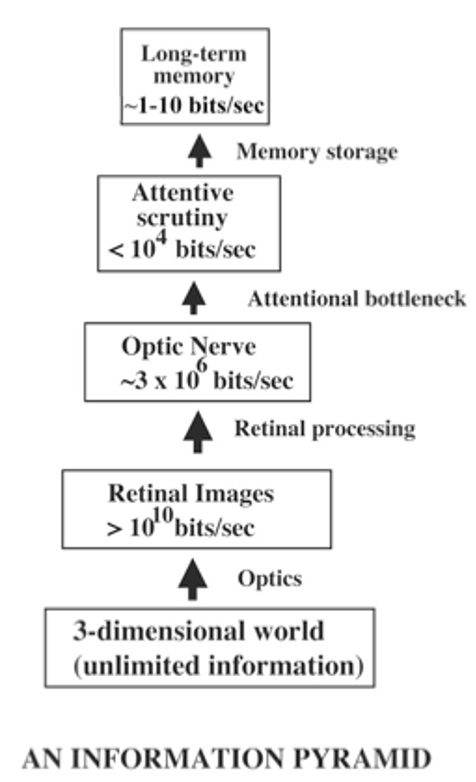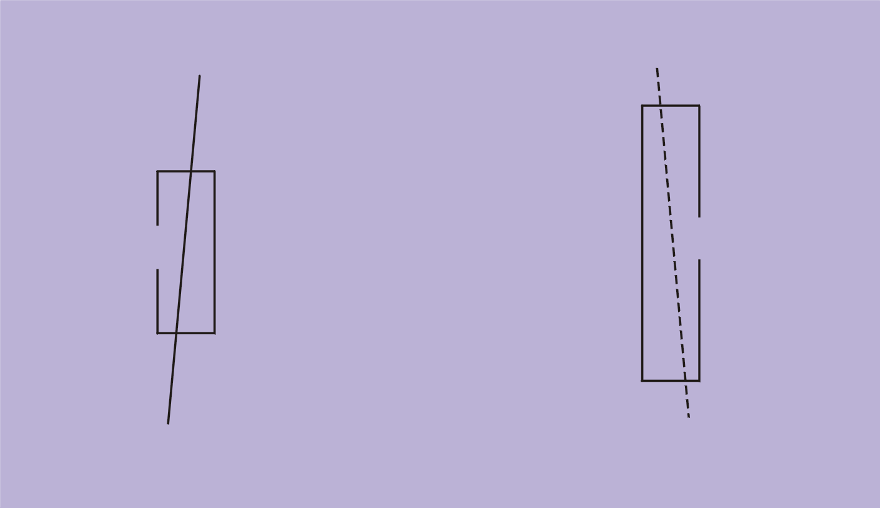Chapter 3 Bottlenecks
3.1 Computers
In conventional computers, such as a laptop or desktop, most of the calculations are done in the CPU - the central processing unit. Computers also have memory, one form of which is called RAM. For example, the laptop that I am writing this on has 16 GB of RAM. That is enough to store a lot of information- 2857 copies of the complete works of William Shakepeare.

Unfortunately, the CPU of a conventional computer such as my laptop can only operate on a tiny amount of memory at any one time. Thus, there is a bottleneck between the memory and the CPU. Instead of the CPU doing calculations and transformations of all the memory simultaneously, it only does so bit-by-bit.
Imagine you had the complete works of William Shakespeare in your computer’s RAM, and wanted to change each lower-case letter in it to upper-case, and each upper-case letter to lower-case. It’s a pretty simple task, but the CPU can only do it for one letter at a time. To do this task, we’d want to get all of Shakespeare’s works processed by the CPU, but the CPU is a bottleneck - the data has to sit in memory waiting for the CPU to get to it, as it does letters one-by-one.
Figure 3.1: There is a bottleneck between memory and the CPU. This is inherent to the architecture of conventional computers
3.2 Brains
The architecture of brains has some similarities with that of computers. In particular, brains have bottlenecks.
After the image of an object forms on your retinas, or sounds hit your eardrum, neurons carry information about these signals to your brain.
The associated processing results in perception. For example, you might perceive that there is a salt shaker in front of you. Some of the information you will also remember and be able to recall a second or so later. But you will not consciously perceive all of the information that reaches your brain, and you will remember even less. In other words, we have bottlenecks in perception and memory. Only a limited amount of the sensory signals coming in from the eye are fully processed for memory or even for perception. Attention refers to the control of which signals are processed the most. That is, if you attend to an object, your brain is trying to ensure that it is fully processed.

For perception, some signals from the senses won’t be perceived unless the associated sensory signals are routed to processes in the brain that can only process a few things at a time.
Memory also has a limitation, and not just in how much storage is available. There is also a bottleneck for the rate of encoding into memory. That is, many things won’t be remembered unless you attend to them so that the associated perceptual representations are routed into the memory processes that, sadly, can only process a few things at a time.
The situation in the brain is not as simple as a single bottleneck like in a classic PC’s CPU. Instead, the different things the brain does are subject to different kinds of bottlenecks.
3.3 Feeling a bottleneck
How many math problems can you do at one time? Although your brain contains more than 80 billion neurons, you can probably only do math problems one at a time!
How about other tasks - if I showed you twenty words on a page, how many could you read simultaneously? A large body of psychological research suggests that humans can read only a few words at a time, or possibly only one at a time (White, Palmer, and Boynton 2018). Yet when light hits the back of our eyes, it is greeted by six million photoreceptors (cones) arrayed across each retina. Each bit of the image is simultaneously processed, as each has its own photoreceptors devoted just to it. Retinal stages, then, process millions of small regions of the retina at the same time.
Explicit thinking like math problems, however, involve a series of steps, and our brains appear to be particularly capacity-limited at doing this.
But given that explicit thought is so limited, seemingly to only one thing at a time, something has to control what it thinks about - attentional selection. The earlier lectures in this unit were about memory, decision making, and problem solving. Attention is what routes information to the memory, decision-making, and problem-solving processes.
That memory encoding and problem solving are so limited is quite intuitive - we’ve all had the experience to know that it’s hard to think about solving more than one problem at a time. A bit more surprising, perhaps, are the limitations on perceptual tasks. But it’s important to realise how pervasive bottlenecks are in the mind - they afflict even perception.
Imagine you were to travel back in time several decades ago as a fighter pilot, patrolling the skies of Cuba to deter the expected American invasion back in the 1960s (or the 70s or the 80s, the Americans were always a big threat!). You’d be flying a Soviet-made MIG fighter. When I visited Havana in 2003, I got to see one of these planes up close.

Figure 3.2: A MIG-21R fighter
By climbing the stairs next to the plane, I was able to take a photo of the inside of the cockpit:

As you can see, the pilot has a lot of dials and switches to monitor. Information overload? Yes, although the large number of dials and switches don’t overload the initial stages of our brain’s visual processing, some later stages are overloaded.
We will describe this in Chapters 7 and 9.
As dials on planes proliferated during World War II, this pushed psychologists to begin studying capacity limits .
Unfortunately there is a wide array of information a pilot might potentially need to be aware of, more than the pilot could really process simultaneously. Because a pilot’s cognitive system can only process a few things at a time, which get processed comes at the expense of others.
Many people have the naive view that if our eyes are open, we are aware of everything that hits our retinas. But as will be illustrated in later chapters, this is not the case, due to the capacity limits at the bottlenecks.
Let’s consider your eyes themselves. They are a lot like an old analog camera in the sense that they don’t know what they are looking at. You need a brain, with millions of neurons working together, to process the eye’s signals and identify an object. And our brain isn’t big enough to have enough neurons to identify all the objects currently in your field of view. If you had enough neurons to do all that, your head would have to be much bigger, like that of this cartoon man’s:

To save head space, and energy, the brain has only a small number of neural circuits capable of doing math problems, of identifying faces, of tracing shapes, of reading, and of doing other tasks. This raises the problem of attentional selection.
The problem of attentional selection is that of getting the appropriate signals from the eye to the limited number of neurons available for each task. If you didn’t have attention, there would be no control of what gets fully processed.
Regardless of whether you’re paying attention or what you’re thinking about, the photoreceptors in your retina transduce the light emanating from the page, the ganglion cells are sending spikes representing the page to the lateral geniculate nucleus, and the LGN is passing that information into the cortex. But, unlike these processes, not all visual processing is mandatory- some is optional. For example, your brain probably doesn’t start computing the arm trajectory to grab a pen until you willfully think about grabbing it. When you attend to the pen to think about grabbing it, we say that your attention selects the pen for further processing by the motor system.
Put in computer information terms, Anderson, Van Essen, and Olshausen (2005) depicted the situation with the following diagram:
 Their tentative, rough estimate was that the optic nerve can process 100 times as much information as can get through the attentional bottleneck. In other words, only 1% of visual signals get past the bottleneck.
Their tentative, rough estimate was that the optic nerve can process 100 times as much information as can get through the attentional bottleneck. In other words, only 1% of visual signals get past the bottleneck.
The same problem occurs for other senses such as hearing. As you’ve probably experienced at parties, you can’t comprehend what everyone around you is saying at the same time. You need to listen to one particular conversation.

A major question of attention research is what kind of processing goes on before you attend to something. In a first-year psychology course you may have heard about the debate about the early, late, or flexible locus of selection. In this class, we will only discuss this with respect to visual search; remind yourself of what this class focuses on by looking back at the learning outcomes (2) and the chapter titles.
3.4 A bottleneck for object judgments
3.4.1 Simultaneous objects
Duncan (1984) was interested in how many objects we can process at a time.
He asked people to make two judgments about a display that was flashed briefly. His participants could be asked to judge
- whether a box was small or large
- whether a gap in the box was on the left or the right side of the box
- which way a line was tilted
- whether the line was dotted or dashed
Here are two of his displays:

An individual trial in the experiment consisted of a brief presentation of a box with a line passing through it, like so:

This was described as two objects, a box (with a gap) and a line. The participant knew they would have to make two of the judgments listed above, such as #1 and #2 or #1 and #3. Those two judgments could be either about one object (the box, or the line) or two objects (the box and the line).
- Judgments about one object: #1 & #2 or #3 & #4
- Judgments about two objects: #1 & #3, #1 & #4, #2 & #3, or #2 & #4
Duncan knew that if he presented the objects for a reasonable amount of time, everybody would get the judgments right regardless. But he found that if he flashed the objects for a tenth of a second or less, the task became difficult and participants made frequent errors.
The rate of errors participants made for the different tasks was illuminating. When the two judgments the participant had to make were about a single object (the box or the line), they made an error about 17% of the time. But when the two judgments were about different objects (one judgment about the box and another judgment about the line), participants made an error about 24% of the time. That’s about 50% more errors for judgments about different objects than for judgments about one object.
These results suggest that there is a bottleneck for processing objects. The area the participants had to attend to was approximately the same in the two-object condition and the one-object condition. So the greater difficulty associated with the two-object condition was not down to having to split or spread attention over a greater area. In the conclusion of his paper, Duncan wrote:
Findings support a view in which parallel, preattentive processes serve to segment the field into separate objects, followed by a process of focal attention that deals with only one object at a time.
In other words, Duncan’s proposal was that the early visual system processes the multiple objects of a scene simultaneously, but making certain judgments requires additional processing that proceeds serially.
3.5 Reconciling a bottleneck with our visual experience
While it’s difficult to know whether processing is so capacity-limited that it is truly one-by-one, subsequent results have supported Duncan’s main idea that many judgments involve processing that is far from unlimited-capacity and parallel. And as alluded to above (3.3), Duncan’s idea comports with the feeling that it’s hard to think about more than one thing at a time.
For visual experience, however, in some ways it doesn’t feel like we can only process one thing at a time. As I write these words, for example, I seem to be experiencing the whole visual field simultaneously. It doesn’t feel like I can only experience one object at a time. Yet when we carefully test people on what they can report about multiple objects, if we don’t give them time to move their attention around, the results suggest much processing is limited to only a few objects.
The discrepancy between what people think they experience and what information they can report is sometimes referred to as the puzzle of phenomenal experience. The simultaneous experience of the entire visual field is labelled “phenomenal consciousness” and the more limited ability to report information about the contents of visual experience has been labelled “access consciousness” (Block 2011).
Researchers can’t yet fully explain the difference between phenomenal consciousness and access consciousness. However, they have discovered various visual processes that are not very capacity-limited, which can help account for some aspects of phenomenal consciousness. In the following chapters, we will go through some of these processes.
3.6 Exercises
Answer these questions and relate them to the learning outcomes ( 2 ):
- What did the discussion of the CPU of a computer illustrate about the brain?
- What problem does the cockpit of a fighter plane present for a pilot?
- Why do we need attentional selection?
- Write out brief answers to the first two learning outcomes ( 2 ).